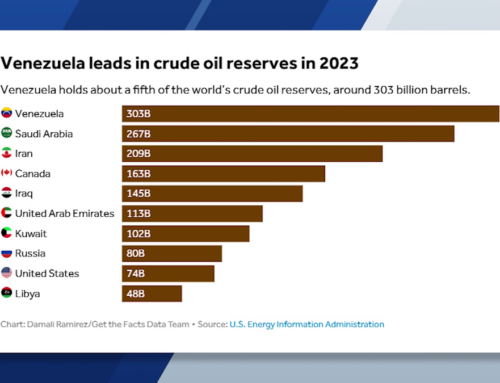California sets aside $170 million to thin vegetation, forests to help prevent wildfires
April 14, 2025
In summary
Six conservancies throughout the state will oversee work largely in Southern California and the Sierra Nevada.
Gov. Gavin Newsom today signed new legislation that will provide more than $170 million in state funding to help prevent wildfires while signing an order aimed at speeding up the work by easing environmental permitting.
The funding — which the Democratic governor said was part of a broader effort to better protect communities ahead of peak fire season — comes as the state is under extraordinary pressure after the January infernos that devastated Los Angeles communities.
California has already experienced its second most destructive fire year on record, with more than 16,000 homes and other buildings damaged or destroyed by the two major fires in the Los Angeles area. Most of the destruction occurred in neighborhoods where development meets wildland, a high-risk area known as the wildland-urban interface.
The money comes from a $10 billion bond measure for environmental projects approved by California voters last year.
Authorized as part of a fast-tracked, early action budget bill approved by the Legislature, the funds will be paid to six conservancies throughout California. The agencies, which operate under the governor’s Resources Agency, will manage the removal of vegetation and thinning of forests within their regions.
At least half, $85 million, will be directed to conservancies in Southern California, while $54 will focus on the Sierra Nevada. The approval of the funding comes after Newsom in March declared a state of emergency to clear flammable brush.
“With this latest round of funding, we’re continuing to increase the speed and size of forest and vegetation management essential to protecting communities,” Newsom said in a written statement. “We are leaving no stone unturned — including cutting red tape — in our mission to ensure our neighborhoods are protected from destructive wildfires.”
The challenge of fire prevention in California, which experts say has been worsened by climate change, has become increasingly political. During President Donald J. Trump’s first term, the president repeatedly blamed wildfires on California failing to manage vegetation growth, even though the majority of forestland in the state is under federal, not state, ownership.
“You gotta clean your floors, you gotta clean your forests,” Trump said during a campaign speech in 2020, according to Politico. “There are many, many years of leaves and broken trees and they’re like, like, so flammable, you touch them and it goes up.”
In the wake of the Los Angeles fires, Trump also inaccurately blamed the state’s water policies for the blazes and threatened to withhold federal aid unless the state addressed a variety of policies related and unrelated to wildfires.
Included is about $31 million each for the Sierra Nevada Conservancy, Santa Monica Mountains Conservancy, State Coastal Conservancy, and the San Gabriel and Lower Los Angeles Rivers and Mountains Conservancy. The California Tahoe Conservancy and the San Diego River Conservancy will receive about $23 million each.
In addition to the legislation, Newsom signed an executive order that allowed wildfire prevention projects to benefit from streamlining provisions outlined in his March emergency proclamation, which suspended certain environmental laws, including the California Environmental Quality Act and the California Coastal Act for projects deemed urgent.
“Unfortunately, this money will go toward logging projects that skirt environmental review and harm forests and the climate,” said Shaye Wolf, climate science director at the environmental group Center for Biological Diversity. “This funding doubles down on forest destruction rather than investing in real wildfire safety measures like home hardening in communities.”
Newsom earlier this year promised $2.5 billion for various wildfire resilience projects. Prescribed burns, a land management tool designed to reduce fuel loads, are a major part of the state’s strategy.
Wildfire season is starting earlier and lasting longer, exacerbated by climate change. Altered cycles of dry and wet years build up vegetation that is vulnerable to fire, and California’s wildfires are acting more erratically and burning longer.
Search
RECENT PRESS RELEASES
Related Post






